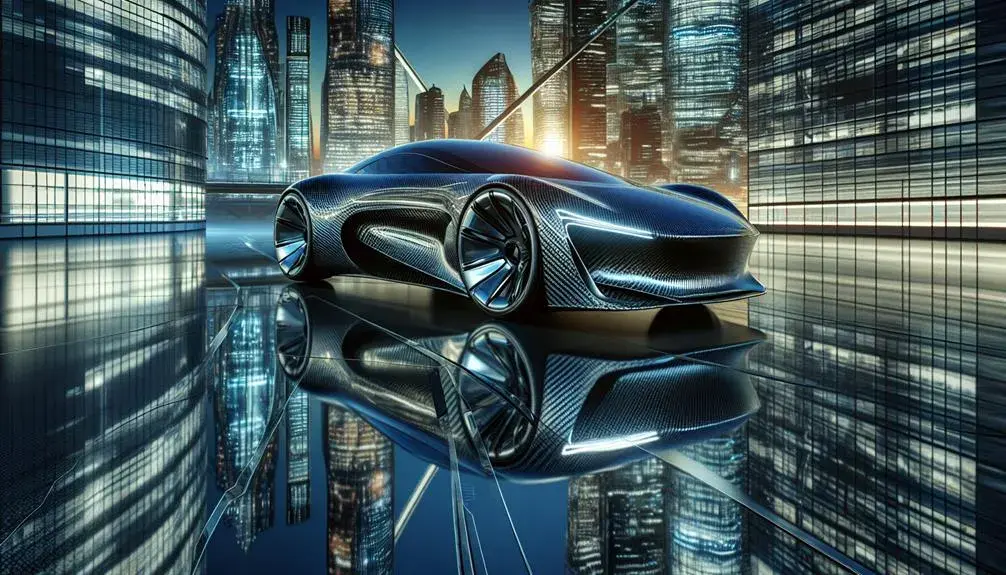
As we venture further into the 21st century, the automotive industry continues to evolve at an unprecedented pace, with carbon fiber vinyl wrap emerging as a significant game-changer. This lightweight, durable, and aesthetically pleasing material is swiftly revolutionizing automotive styling, offering a potent combination of functionality and visual appeal. Yet, as with any innovation, the widespread adoption of carbon fiber vinyl raises important questions regarding its long-term impact, potential applications, and the challenges it may present. In this discourse, we will navigate through the complexities of this subject, unraveling the potential of carbon fiber vinyl in shaping the future of automotive design.
Understanding Carbon Fiber Vinyl
To fully appreciate the future of automotive styling, it’s crucial to delve into the essence of carbon fiber vinyl, a material that is revolutionizing the car customization industry. As a lightweight, durable, and versatile material, carbon fiber vinyl offers an unparalleled blend of aesthetics and functionality. It is not only a visual enhancement but also a protective layer that shields the vehicle’s original paintwork from scratches and environmental damage. Its adaptability enables it to conform to different surfaces, creating a seamless finish even on complex contours. The vinyl’s texture mimics the coveted weave pattern characteristic of real carbon fiber, offering a premium, high-tech look at a fraction of the cost. Its application and removal are straightforward, making it a popular choice for both professionals and hobbyists.
Carbon Fiber in Future Automotive Styling
Given the exceptional features and benefits of carbon fiber vinyl outlined above, its influence on the future of automotive styling becomes an intriguing discussion. Carbon fiber vinyl, with its high strength-to-weight ratio, durability, and aesthetic versatility, is poised to redefine vehicular aesthetics. Automakers, driven by consumer demand for sleek, lightweight, and resilient vehicles, are increasingly integrating carbon fiber components into their designs. The material’s adaptability allows for the creation of complex shapes and intricate details, pushing the boundaries of traditional design. Furthermore, the vinyl variant offers an economical and environmentally friendly alternative to actual carbon fiber, expanding its potential application. As we move forward, carbon fiber vinyl’s contribution to the automotive industry promises to be transformative, ushering in a new era of design innovation.
As we delve into the future, carbon fiber vinyl wrap is poised to revolutionize the realm of automotive styling. The material’s unique properties, including durability, lightweight nature and aesthetic appeal, make it a game-changer in the industry. Like a phoenix rising from the ashes, carbon fiber vinyl will redefine the aesthetics, performance, and practicality of vehicles, paving the way for a new era of automotive evolution. The chronicles of carbon fiber are just beginning, promising an exciting journey ahead.